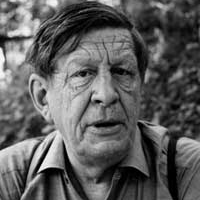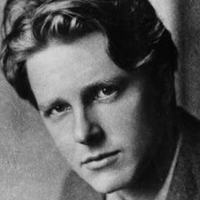In Memory of W.B. Yeats by W.H. Auden: Critical Analysis
In Memory of W. B. Yeats, by W.H. Auden is a modern poem in its imagery, concept and versification. The poem, as its title indicates, is an elegy written to mourn the death of W.B. Yeats, but it is different from the conventional elegy. Traditionally, in an elegy, all nature is represented as mourning the death, here nature is represented as going on its course indifferent and unaffected.






